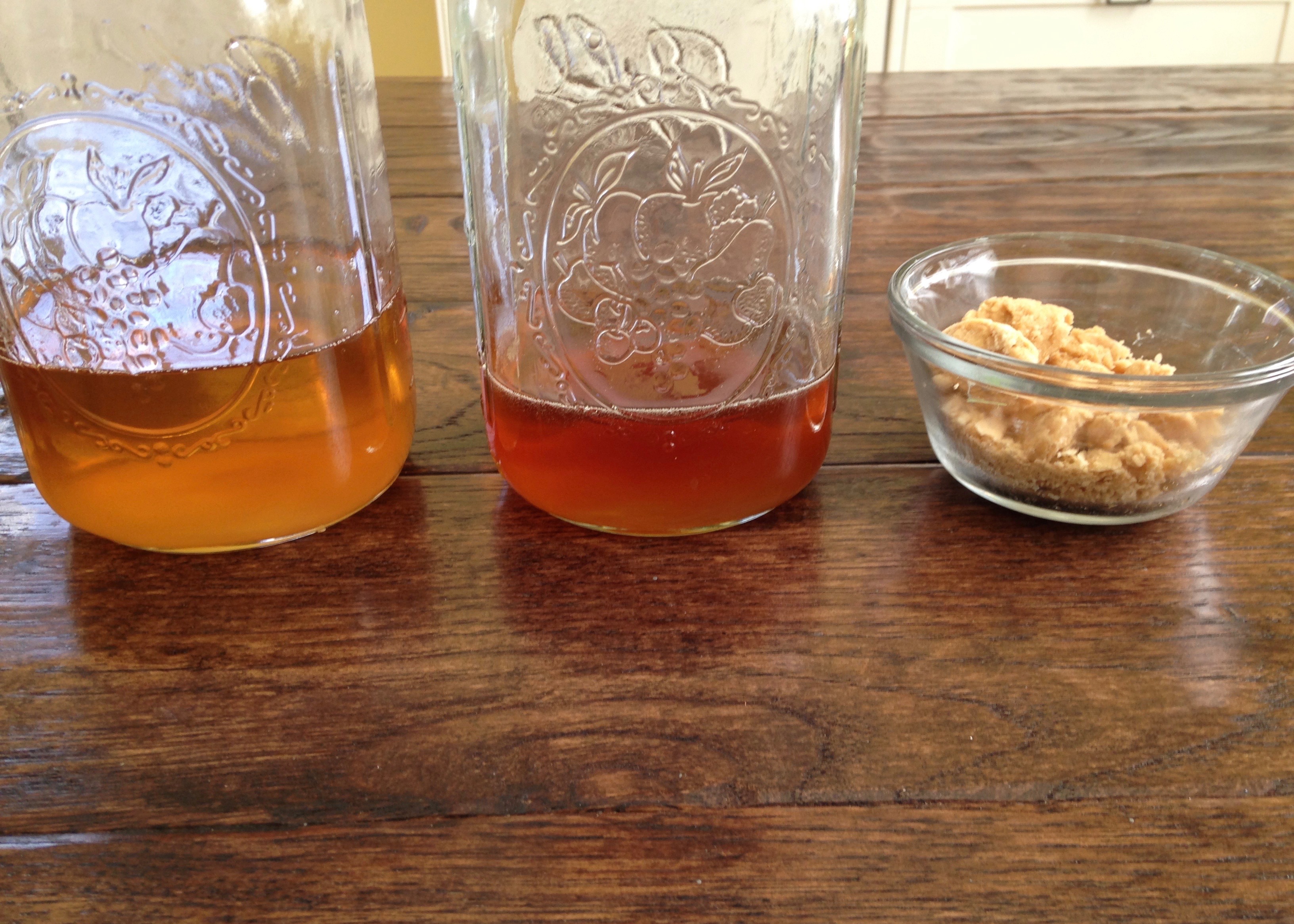This post may contain affiliate links. As an Amazon Associate I earn from qualifying purchases, but there is no additional cost for you. Please see my Disclosure page for more information.
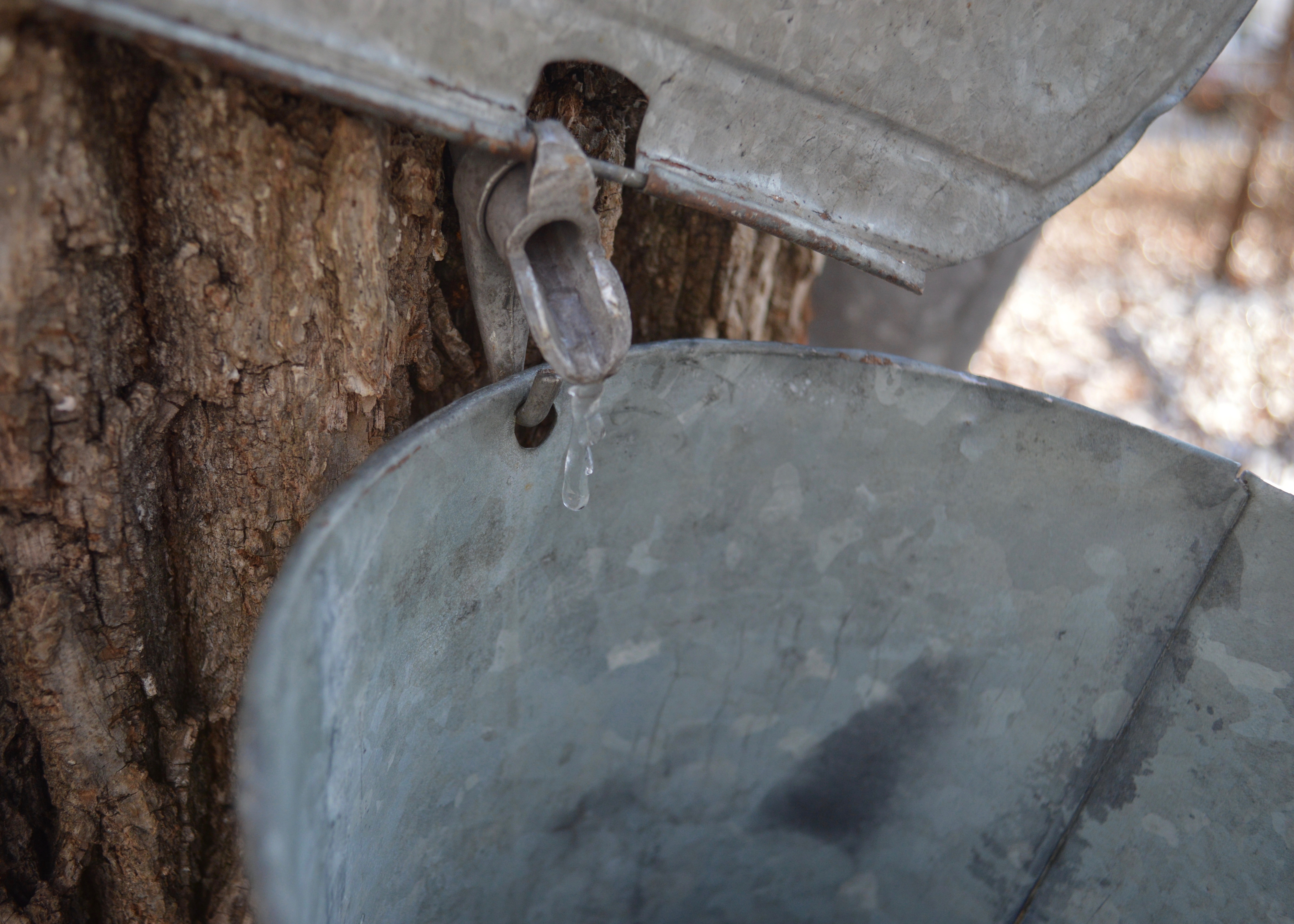
Are there things you remember doing as a kid that you’ve always wanted to try as a grown up?
For me, one of those things is making my own maple syrup.
When I was in first grade we lived in New York in a fantastic old Victorian house in a sleepy little town. We were only there for the school year while my dad did some training, but I think it would have been a great place to grow up in.

That winter we tapped the maple trees on the property and boiled down the sap on the boiler in the scary basement.
That’s really all I remember of the experience, and since we moved to southern California that summer, it wasn’t an experience we repeated, unfortunately.
Fast forward thirty years
A couple years after we bought our house in Virginia, I realized we had red maple trees on our property. We’re a little too far south to have optimal tapping conditions, but most years it is doable.
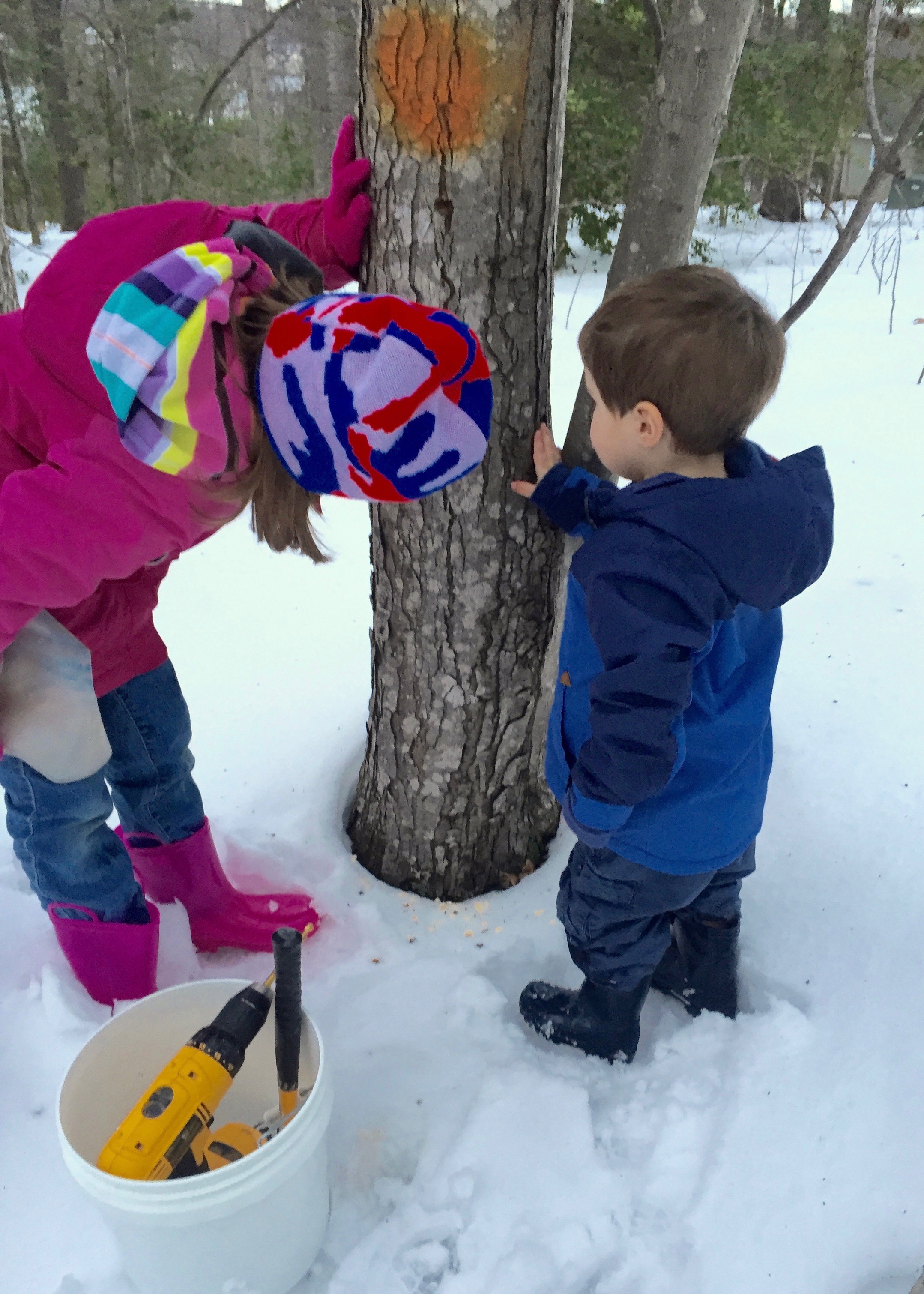
We’ve tapped our maples (all 6 of them) the last three winters, and tapped our 3 black walnuts for the first time this winter. If we had birch trees (or several other varieties of trees), we could have tapped them as well. Unfortunately, most of the trees on our property are oak and tulip poplar, neither of which is known for the sugar content of their sap or the quantity of sap produced.
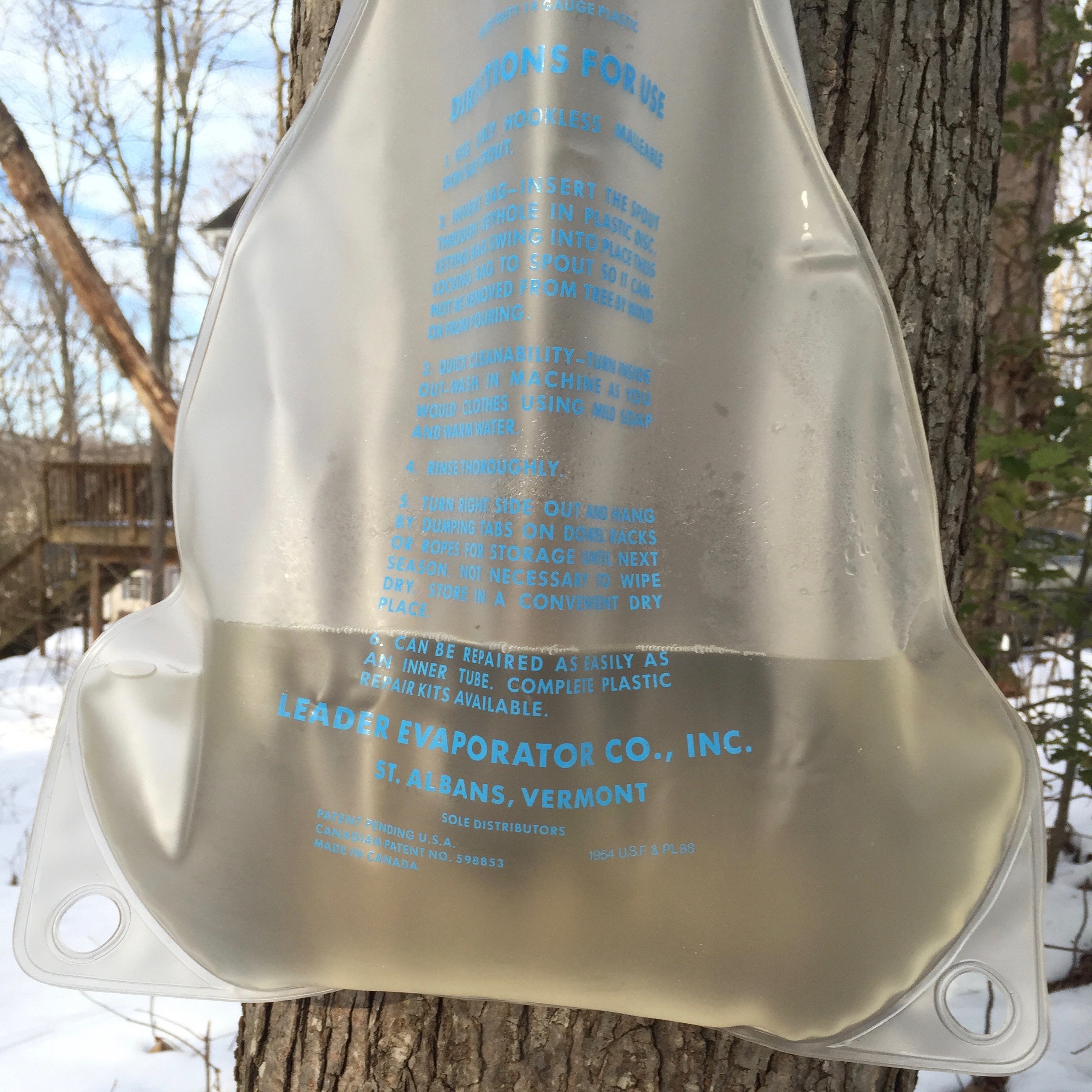
I had always heard that maples had the highest sugar content, but after some additional research, it appears that black walnuts have a similar sugar content as sugar maples, but produce less sap. Sugar maples naturally have the highest sugar content, but other varieties (like our red maples) have about half the sugar content.
It’s been a great learning process, and one that the kids can be involved in. They help tap the trees and this year Sunshine was in charge of collecting the sap every day.
Some things we’ve learned
When the sap is close to being done, watch it like a hawk. It takes only seconds to scorch into an unusable mess. Ask me how I know this…
You can’t mark a date on the calendar and go out and tap your trees. You have to tap them when the weather is right: below freezing at night and in the high 30s to 40s during the day. This could be in March, or it could be in January, like it was this year.
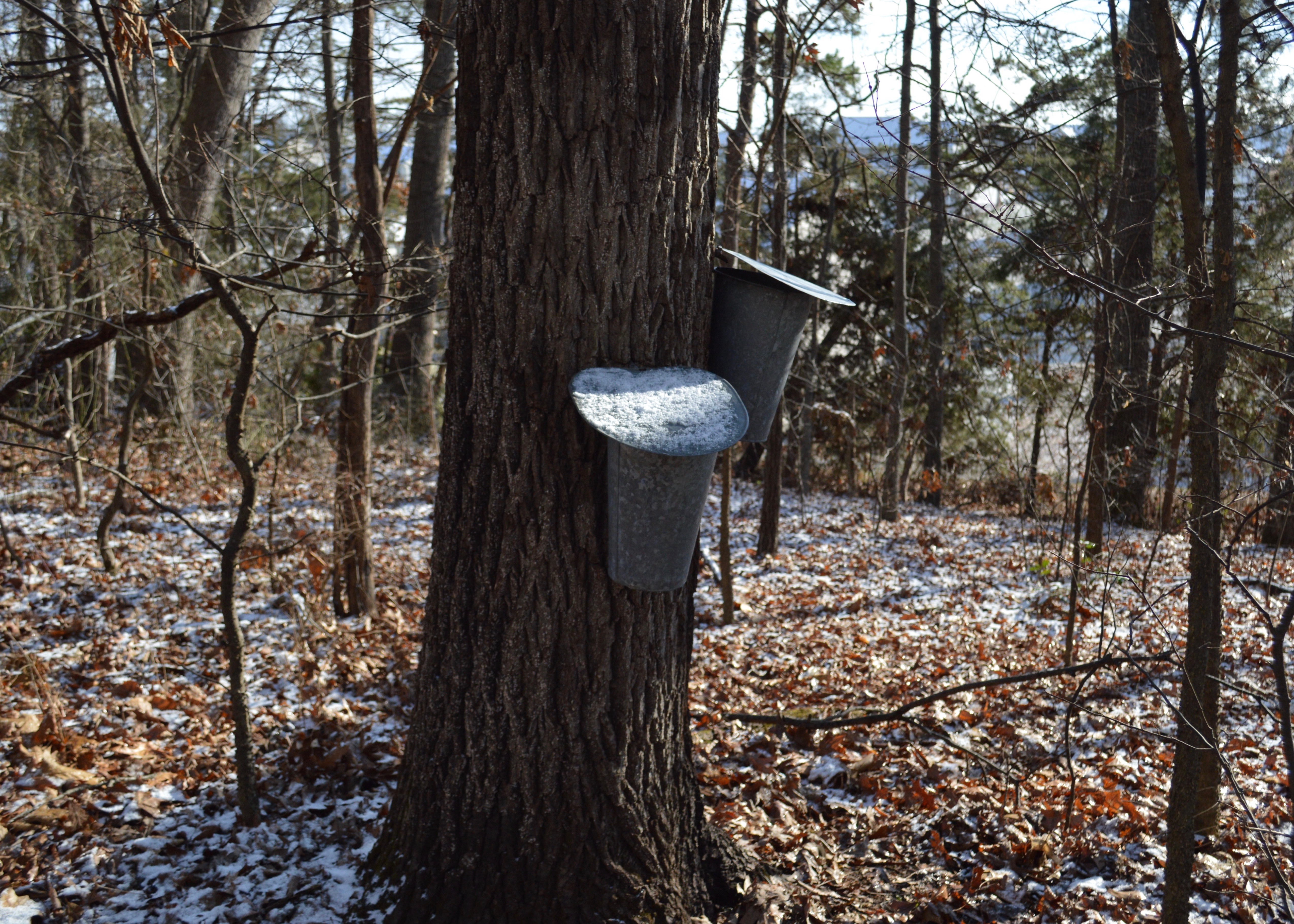
The winter temperatures affect the sap run. This past winter was very mild in our area and we got very little maple sap, despite tapping our trees super early. On the other hand, our black walnuts produced quite a lot of sap. Now we’re curious to see how the black walnuts do after a colder winter.
Black walnuts have a high pectin content. That stuff you use to make your jams and jellies set? It’s in black walnut sap. When you boil the sap down to syrup and then strain the syrup, the pectin collects on the filter and clogs it. I didn’t know what it was at the time, but I did some research after we made our syrup, and it makes total sense now.
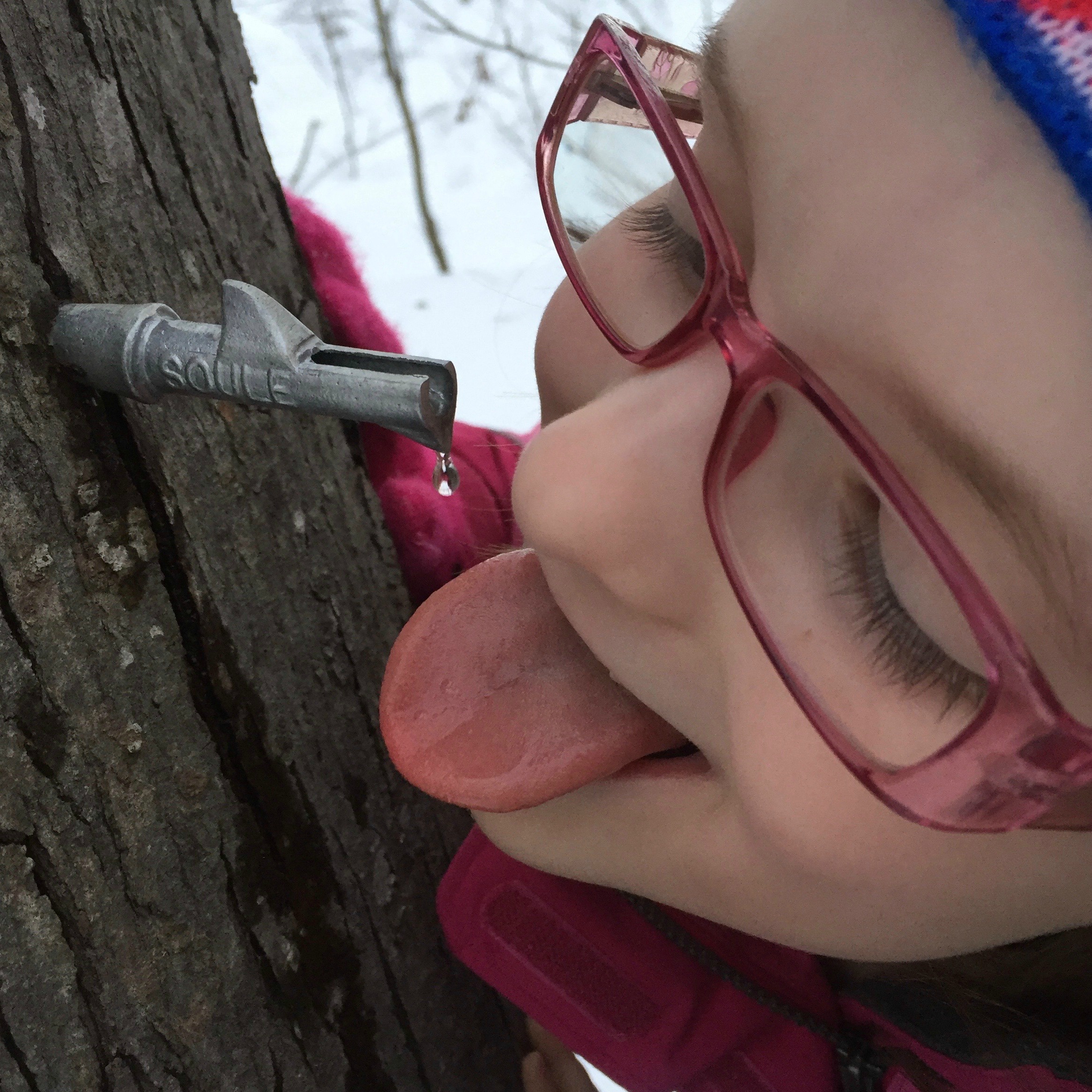
Tapping our trees and making our own sap is a fun and rewarding activity. And it teaches so many things without the kiddos even realizing it: hard work can yield sweet rewards, think outside of the box (of sugar cubes), don’t discount the traditional skills that have been around for centuries.
